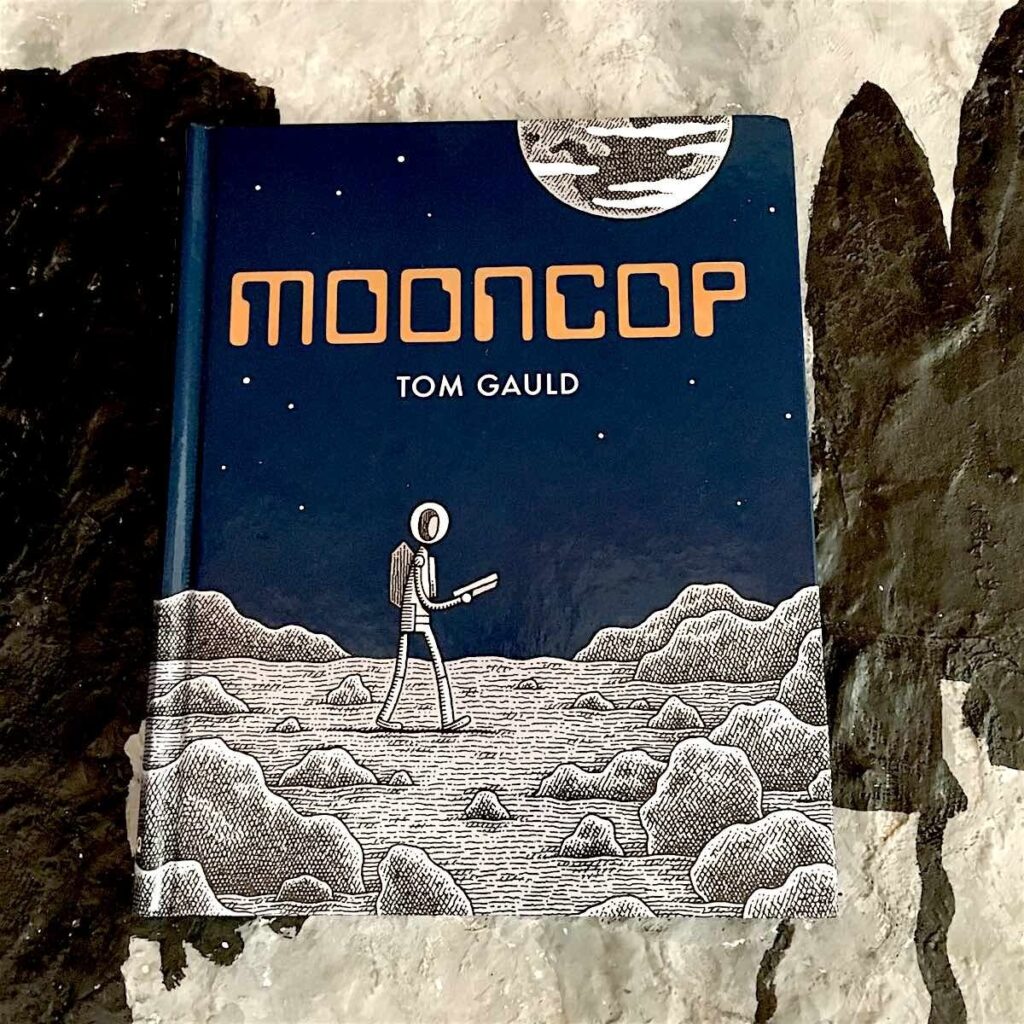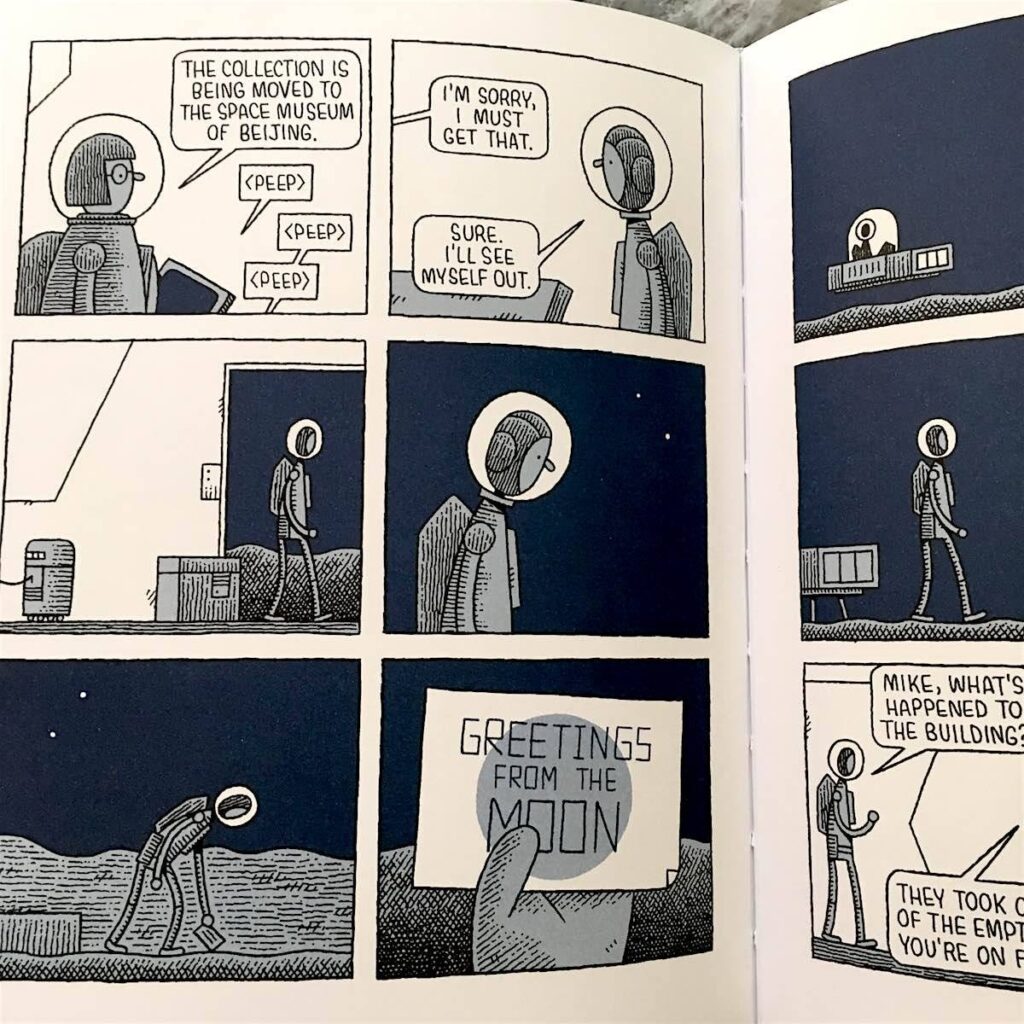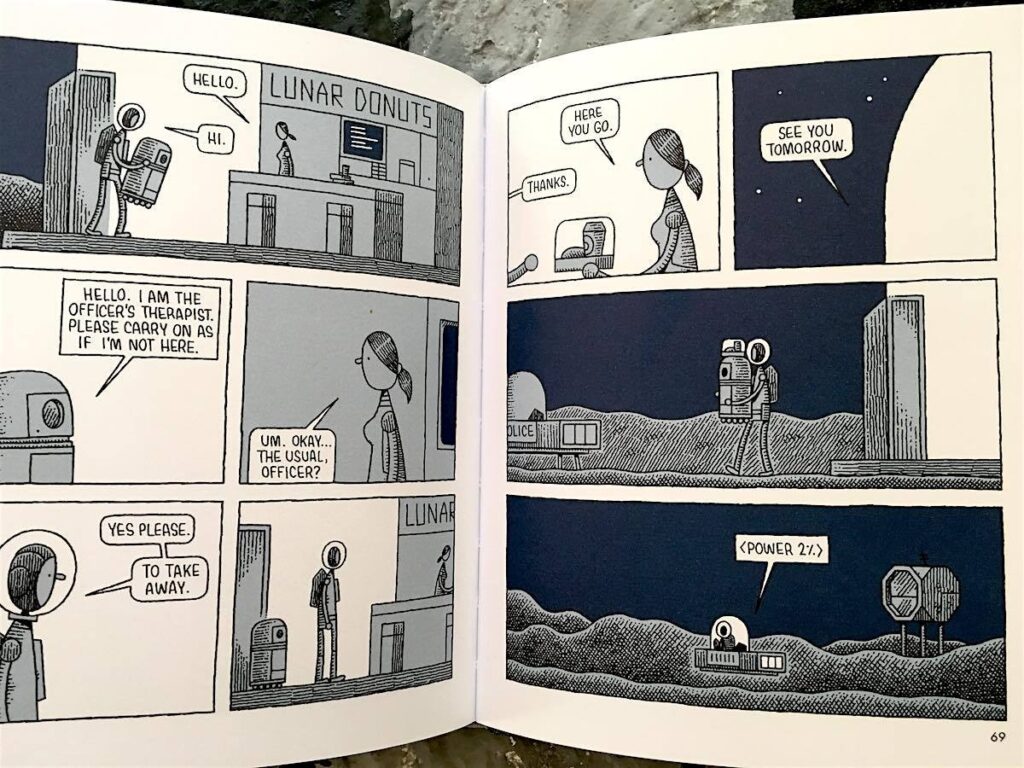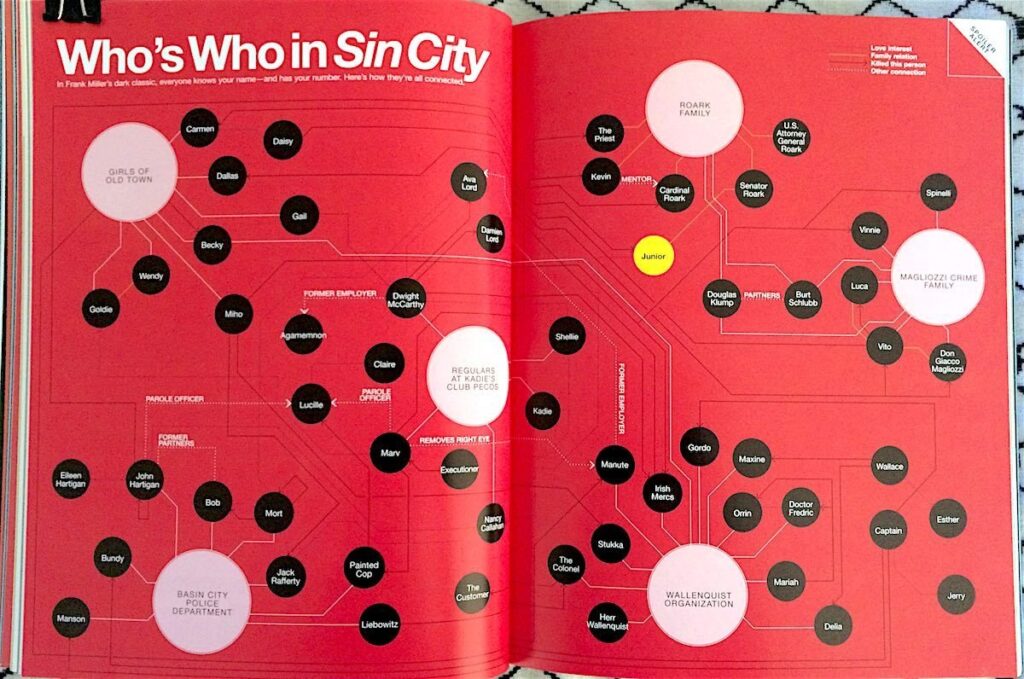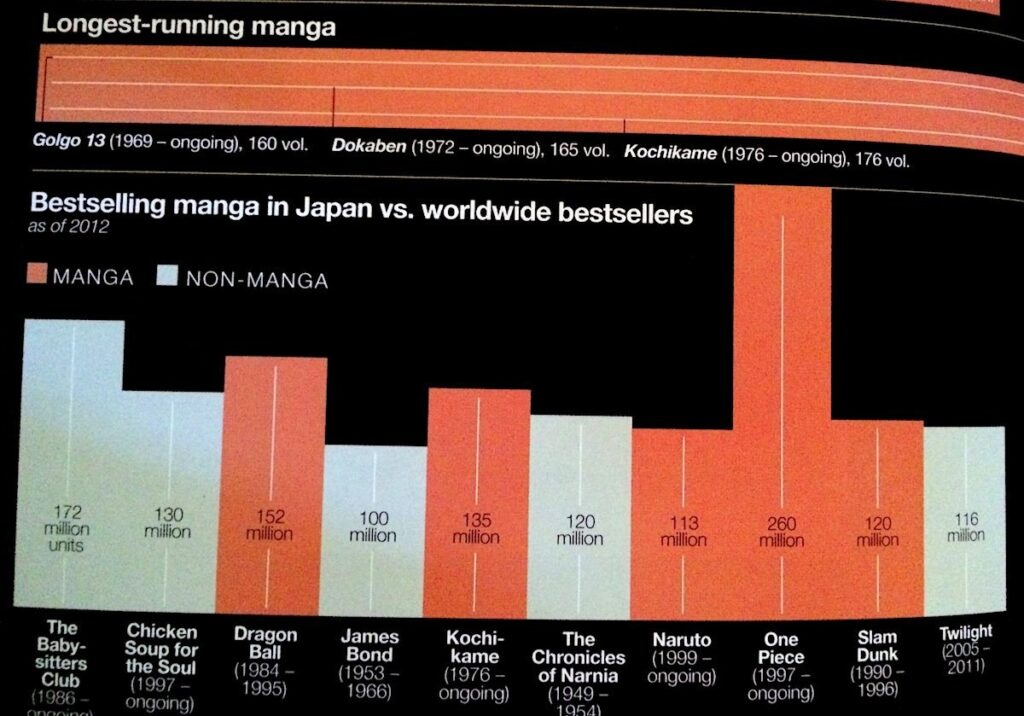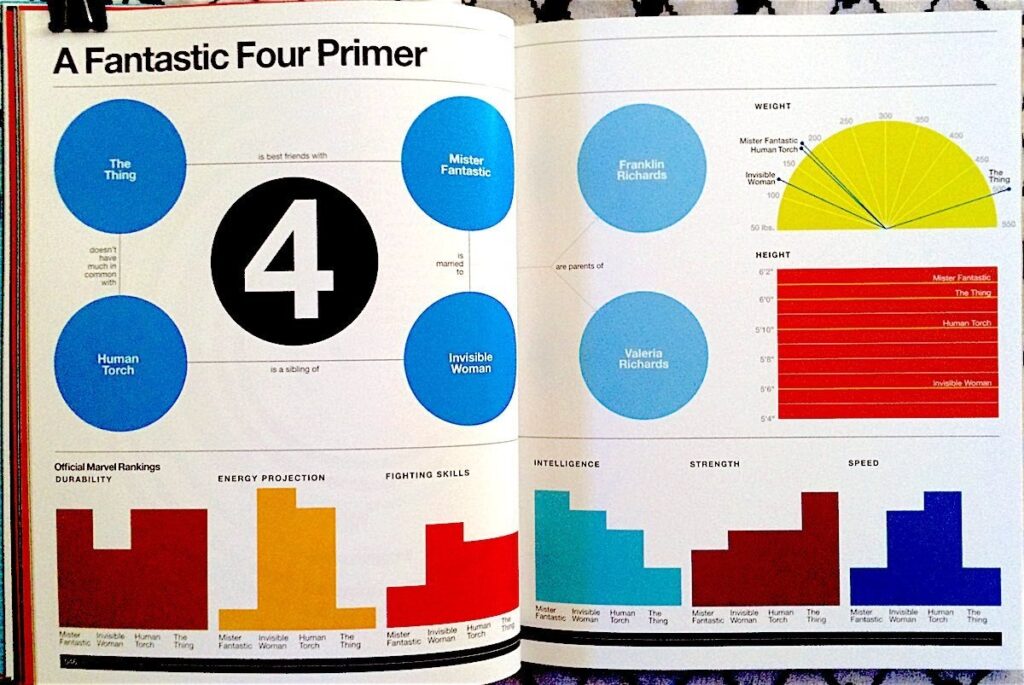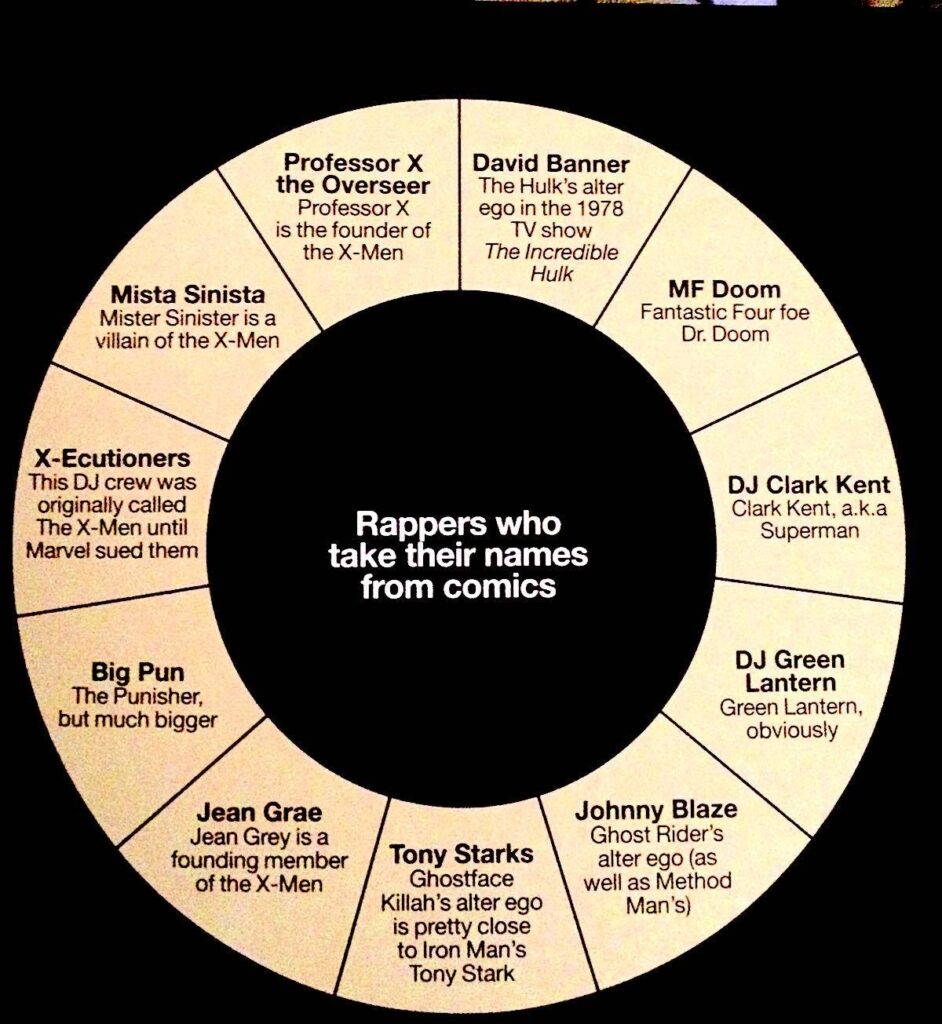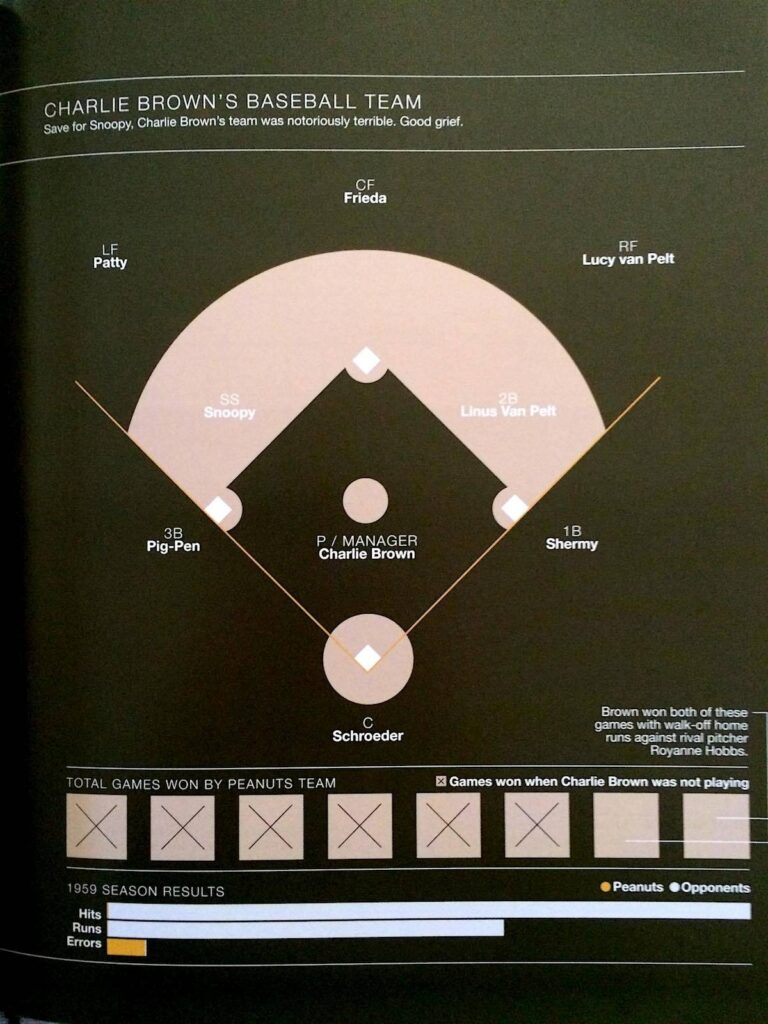Gever Tulley, Founder of Tinkering School

Cool Tools Show 152: Gever Tulley
Our guest this week is Gever Tulley. Gever is founder of Tinkering School, an internationally famous summer camp where kids build amazing things from rollercoasters to wind-powered trains. He is also the founder of SF Brightworks, a K-12 school where the student is the co-author of their education, with an emphasis on learning by doing. He also co-author of 50 Dangerous Things (you should let your children do), a book to help children and families learn to assess and mitigate risk by doing dangerous things together (and is now available in seven languages). He speaks and hosts workshops internationally on education and the empowerment of children, and he is constantly fooling around in the shop, building things with kids
Subscribe to the Cool Tools Show on iTunes | RSS | Transcript | Download MP3 | See all the Cool Tools Show posts on a single page
Show notes:
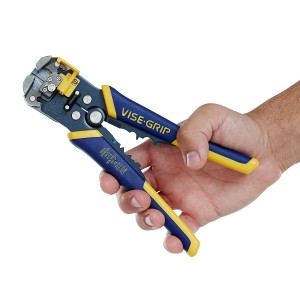
Irwin Vice-Grip Self-Adjusting Wire Stripper
“Just recently, I’ve fallen in love with this self-adjusting wire stripper. It is the most reliable tool I’ve ever put in my hand. We have yet to have it fail to perfectly strip the end of a wire. And, it requires no finesse. Even the youngest kids, who are still struggling with their motor skills, are able to set the wire in the right place, squeeze the handle, and have a perfectly stripped wire.”
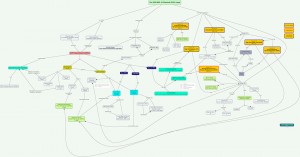
IMHC CMap Tools (Concept Mapping)
“I think, everybody these days is familiar with a practice called mind mapping, which is trying to tease out of your own brain the connections that you make to a central concept. And then, those can get hierarchical in complexity, and they branch, and you create this map of what you know. And, years ago, a very young educator introduced me to the concept of concept mapping. And, this is a very distinct dialect of a mind map. And, what it really does is, you construct a model of what you know about something. And that consists of the nodes that you’re familiar with in a mind map, where you’ve got a central concept, but it highlights the relationship between those nodes. By way of example, if we were to describe those wire cutters, and what we know about them, we might start off with wire cutting, and wire cutting would be an activity, and then, we would connect that to something, ‘is a necessary step’ for prototyping electronics. ‘Is a necessary step’ would be the connection between those two concepts. And, by distinctly elevating the importance of the relationship between the concepts, we start to, very accurately, capture what it is we know about a topic, a domain of knowledge. And, what I found in practice, especially when I was working in technology is, I would have a development team in the room, and we would start to use one of these maps as a way to make sure that we were all working on the same thing. And, as we built these maps, both interactively in software, or on a whiteboard, what I realized is that it really starts to highlight those places where you say, ‘Well, I don’t actually know why this component is here. I don’t know why we have this module. I don’t know why we’re doing it this way.’ And that would highlight the gaps, so that we could really focus our attention on closing unknown missing knowledge gaps. I guess it helps you find the unknown unknowns.”
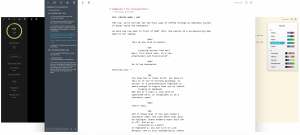
Highland 2
“I have three books in process right now, and, have really moved away from them, which is where I used to write to a tool called Highland or Highland 2, now is, just been out for a year. These are developed by John August. He’s a fairly famous screenwriter. And, he has a little software company on the side called Quote-Unquote Apps. And, he developed this out of frustration, which is often where I think some of the best tools come from. He felt like there was a tyranny in the industry of people bullying screenwriters about format, and, he felt like format is the least interesting part of a screenplay. We should just nail this down, standardize it, and then, develop a broad swath of tools that can do this. And, his first version was a very simple formatting tool that could just produce screenplays. But, it presented such a beautifully clean and crisp writing interface, and it’s built around a version of the Courier font that he cleaned up and developed at his company, which, it somehow, makes me feel more like writing when I see the letters coming out in this simple clean Courier.”
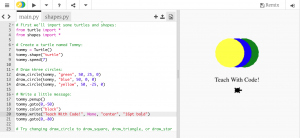
Trinket.io
“[Trinket is] a terrific online browser-based Python environment, where students at our school have really had a good time doing Turtle graphics, doing TextAdventures, and it presents a really comfortable on-ramp, where you can start with a Block style programming environment, and then jump over into Python as they’re comfort with algorithmic thinking, and ability to express themselves, so the keyboard increases on … We needed a place where kids could be playful with code, but also be serious and write some real code. Unlike a lot of the online systems for kids getting into code, this supports doing a project that has multiple files, or multiple Python modules, if you will, and, it’s a great place to develop those skills, and I can go in and look at their code, and co-edit with them. … I can be sick at home, and talking over the phone while they edit, and we can be there together solving a problem, which I’ve done more than once.”
Also mentioned:
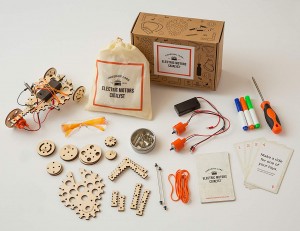
Tinkering Labs Motor Catalyst
“One of the projects I’m working on right now, and it’s actually for sale on Amazon and places like that, is, something we call the Motor Catalyst. I have a little company called Tinkering Labs, and it produces this; it’s a box, and it’s full o’ parts, and, it has a little deck of challenges in there, but, it has very few instructions; just enough to give you a sense of how to get the motor spinning, and how simple circuits work, and from that point on, it’s figure it out. .. It’s a open-ended play-based, or discovery-based learning environment, for understanding how electric motors work, building physical contraptions to do curious and interesting things. You can build almost anything out of it. We’re constantly getting pictures from kids who’ve built egg beaters, and somebody made a saw that could cut through a piece of paper, all kinds of little robotic creatures that scurry around on the floor. And it’s all held together with rubber bands. It’s very forgiving. It doesn’t require precision. In fact, what it emphasizes is iteration, and, that really supports a work mode of kids setting themselves a goal, ‘Can I make something that runs around on the floor?’, and then suddenly they’re like, ‘It’s just going in circles. Can I get it to go straight?’ And then get it to go straight. And then it runs into a wall. ‘Oh, I know how to build it, so it stays together once it hits the wall, and… ‘ It self feeds and self stimulates a really productive learning process that’s self directed.”
We have hired professional editors to help create our weekly podcasts and video reviews. So far, Cool Tools listeners have pledged $377 a month. Please consider supporting us on Patreon. We have great rewards for people who contribute! – MF
12/7/18





